Event recap: insideMOBILITY® Global Leaders | December 6, 2023
Reflecting on, navigating and strategizing for the future of talent mobility
The common thread across discussions at this London event was the importance of flexibility, adaptability and an understanding of the interplay between business and talent mobility priorities. As you explore the key takeaways, keep in mind how you can leverage these insights when leading your mobility teams in the year ahead.


1. Safeguarding mobility: Integrating technology for employee and business protection
In the current era of technology, AI and cybersecurity can be helpful tools for streamlining processes and strengthening digital security measures. However, when using emerging tech for sensitive information, it’s important to have clear guidelines in place to protect your company’s and mobile employees’ data.
Consider these steps outlined with attendees:
Implement clear guidelines for employees regarding transfers of personally identifiable information (PII), financial requests and other payments
Educate your mobility team and relocating employees about how to use AI and identify false information
Do not submit sensitive, confidential, personal or customer information to any artificial intelligence platform
Considering using and testing AI tools such as Bing, Bard, ChatGPT
Fact-check any information provided by AI, as it is not always correct or up to date
2. One size does not fit all: What are the opportunities and challenges of smaller and larger mobility team sizes?
Finding the right team size for your mobility team is like choosing the perfect tools for a construction job – the selection depends on what you’re building. Session participants collectively agreed that the right team mix is all about understanding the unique needs of your programs and mobile employees, the skills required to create exceptional relocation experiences and how your team collaborates. Just as you’d pick the right tools for a task, tailor your team size to match your specific goals, challenges and desired work environment.
Attendees debated the merits of a smaller versus larger mobility team and identified the following opportunities and challenges:
Opportunities Identified |
Challenges Shared |
| Diverse Expertise: Ability to leverage a broader array of regional insights and guidance | Bureaucracy: May lead to increased hierarchy, potentially slowing down decision-making |
| Specialization: Allows for hyper-focused roles. Examples noted by attendees include compliance, remote work or diversity, equity and inclusion/international relations | Role Overlap: Risk of redundancy in roles if not managed correctly |
Opportunities Identified |
Challenges Shared |
| Increased Cohesion: Heightened level of collaboration enables a tight-knit environment where individuals can leverage each other’s strengths | Dual Roles: High possibility that mobility is not a primary job function. For example, a payroll manager with mobility as 10% of their role. |
| Flexibility: Team members can quickly adapt to evolving scenarios, whether it’s changes in policies, geopolitical challenges or other crises, or shifts in employee needs | Burnout Risk: Higher possibility for individual burnout |
3. The dual identity of global mobility: Understanding the fluidity between benefit and compensation
For employees, talent mobility can be a ticket to career growth, cultural exposure and a global network. But for organizations, it can be a strategic play—blending individual benefits with skill development, all contributing to long-term success. It’s not just relocation; it’s an investment in a diverse, skilled and globally aligned workforce, paving the way for mutual growth and innovation.
Here’s a breakdown of how attending relocation professionals currently view talent mobility as a benefit versus compensation:
What’s next – Looking forward
In essence, the insights exchanged at insideMOBILITY Global Leaders 2023 point the way to the predominant trends and key focuses that will lead the charge in the year ahead. These valuable perspectives aim to provide industry professionals with a blueprint to refine their strategies for enhancing employee experiences, positively impacting the environment and fostering exceptional relocation journeys—all while helping achieve organizational goals in doing so.
Stay connected with Graebel events to explore valuable content, network with industry experts and stay ahead in the dynamic world of mobility. Your journey toward informed decision-making and strategic excellence begins here.

